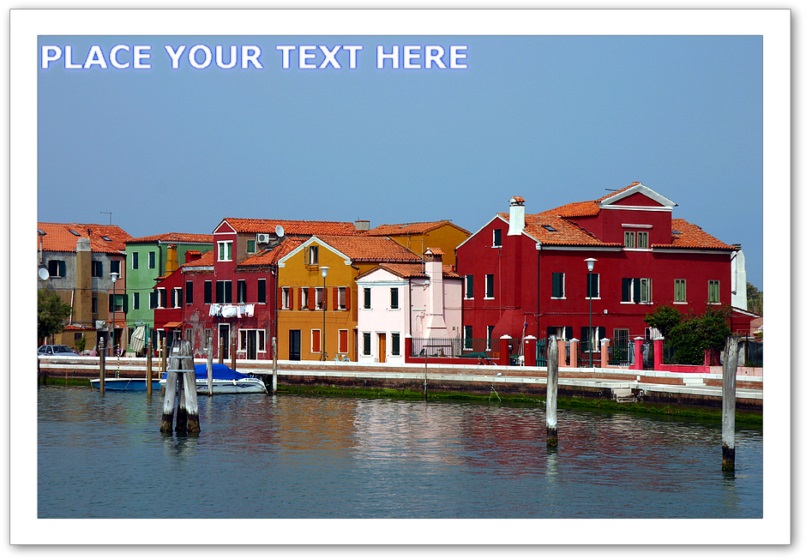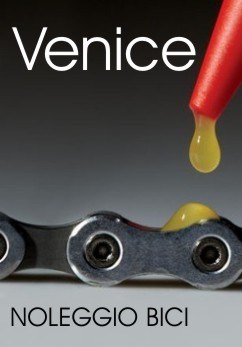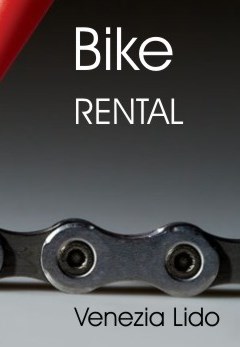Da Lido a Ca' Roman From Lido to Ca' Roman Pellestrina |  | 3 tappa: Qui, tra orti protetti da grisiole, vecchie osterie, dove si possono ancora assaggiare i caratteristici cicchetti di pesce (ideali per una sosta e magari per un pranzo veloce prima di proseguire verso Ca'Roman) e barche da pesca allineate lungo la riva, sfilano le minuscole e umili casette colorate, strette le une alle altre e avvolte in un'atmosfera fuori dal tempo, ricco di fascino e suggestione, dove il rapporto fra uomo e laguna e' ancora legato ai ritmi della pesca e dell'agricoltura e dove il senso di identita' territoriale e' ancora molto forte ed esclusivo. A Pellestrina vi consigliamo una sosta per visitare la chiesetta medievale di Ognissanti e per lasciarvi incantare dal ritmo del tempo e dall'idioma lento e strascicato di questi isolani, sperando di incontrare ancora qualche donne intenta a lavorare i merletti (proprio come a Burano!), fuori dall'uscio di casa.
Dopo la sosta oltrepassiamo il cimitero di Pellestrina, e pedaliamo per circa un chilometro lungo i possenti Murazzi, a qualche metro dal mare, fino ad arrivare fino al punto piu' meridionale del litorale, nell'oasi naturalistica protetta di Ca' Roman, rifugio di molte specie floro-faunistiche, e polmone verde dell'isola, che si estende per circa quaranta ettari di spiaggia selvaggia, duna e macchia. Nella rigogliosa pineta retrodunale e sulla spiaggia di sabbia bianca è possibile avvistare Martin pescatori, Cuculi e Gabbiani reali e, nei periodi di nidificazione, fratini e il fraticelli, due specie rare che hanno eletto come luogo ideale per la riproduzione questa zona silenziosa e deserta dove i turisti arrivano di rado.
3° stage: (3 h) Once we cross the canal of Malamocco, protected by famous Murazzi, our cycling trip continues for another 11 km from Santa Maria del Mare to the dam of Ca' Roman, in front of which, beside another port mouth, rise the red tops of bell towers of Chioggia.
We enter into the one that is the most charming part of the cycling trip, where the long strip of sand of the coast becomes narrower and narrower until it becomes only few metres wide in some points and where Venice can not be distinguished any longer on the horizon but only a blurred landscape beyond which the south lagoon spreads out with the valleys of Romea: Averto valley, Zappa valley, Millecamp valley, enormous incubators of numerous animal species and areas of “alive lagoon” where, amongst brackish and salt waters there live fishermen, fishes and migratory birds.
Along the lagoon coast we come across fishermen villages and market gardeners of San Pietro in Volta, Portosecco and Pellestrina, little hit by crowds of tourists and, unlike the ones we find in the north lagoon, grouped together around a centre or a canal, prolonged in thin line between the lagoon surrounded by houses, and Murazzi behind that protect them from the sea. Here, amongst vegetable gardens protected by grisiole, old inns where it's still possible to taste characteristic fish snacks (ideal for a break an maybe for a quick lunch before continuing towards Ca'Roman), and fishing boats lined along the shore, tightly clenched and tiny and humble coloured houses follow one after the other and sometimes in atmosphere outside time, rich in glamour and charm, where relationship between man and lagoon is still linked to rhythms of fishing and agriculture and where sense of territorial identity is still very strong and exclusive. We suggest that you have a stopover in Pellestrina to visit a small medieval church of All Saints (Ognissanti) and allow to be enchanted by the time rhythm and slow and shuffling language of these islanders, hoping to still meet some women busy with lacework (just like on Burano!), outside the front door. |
|
|
|
|
|

